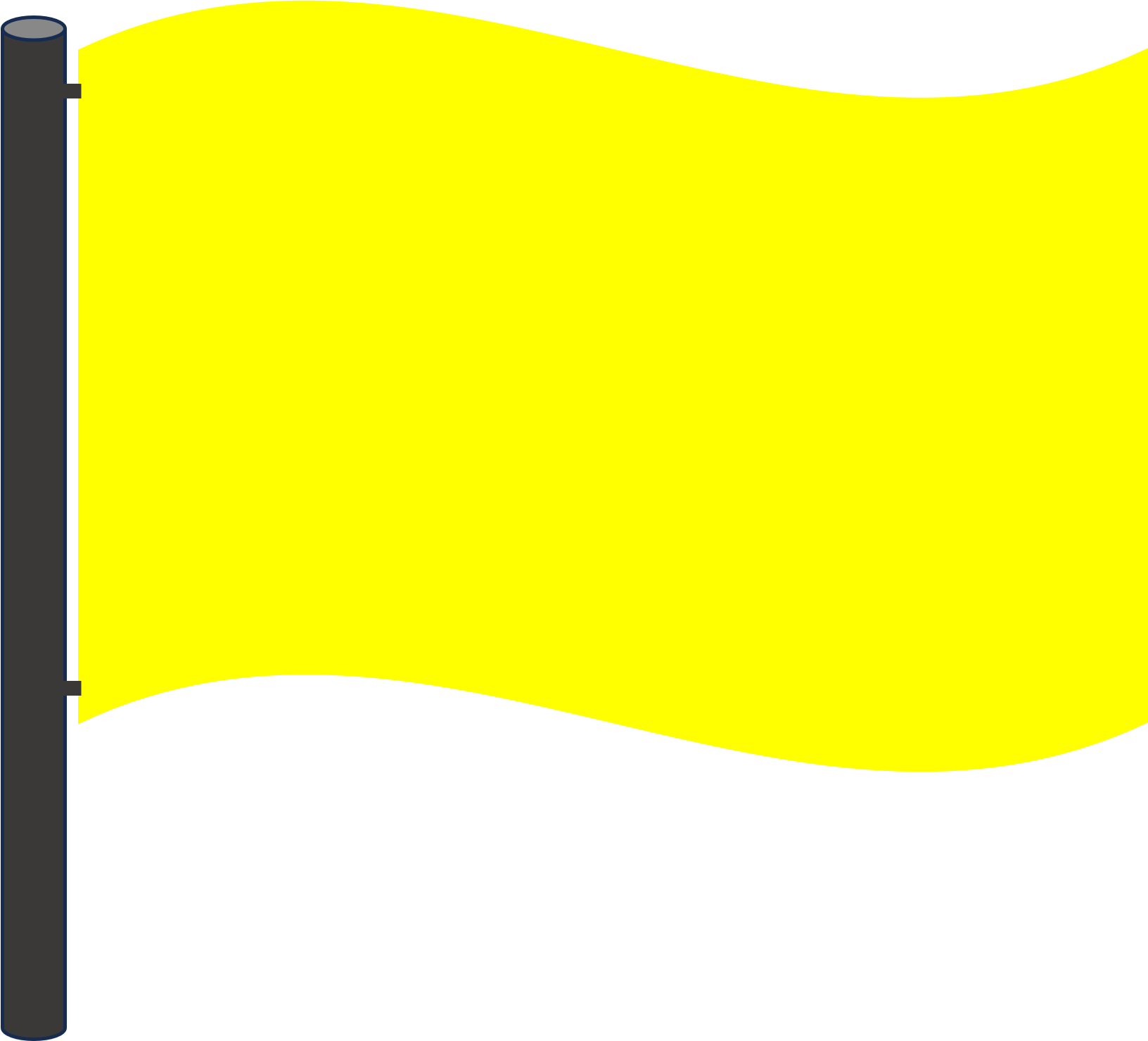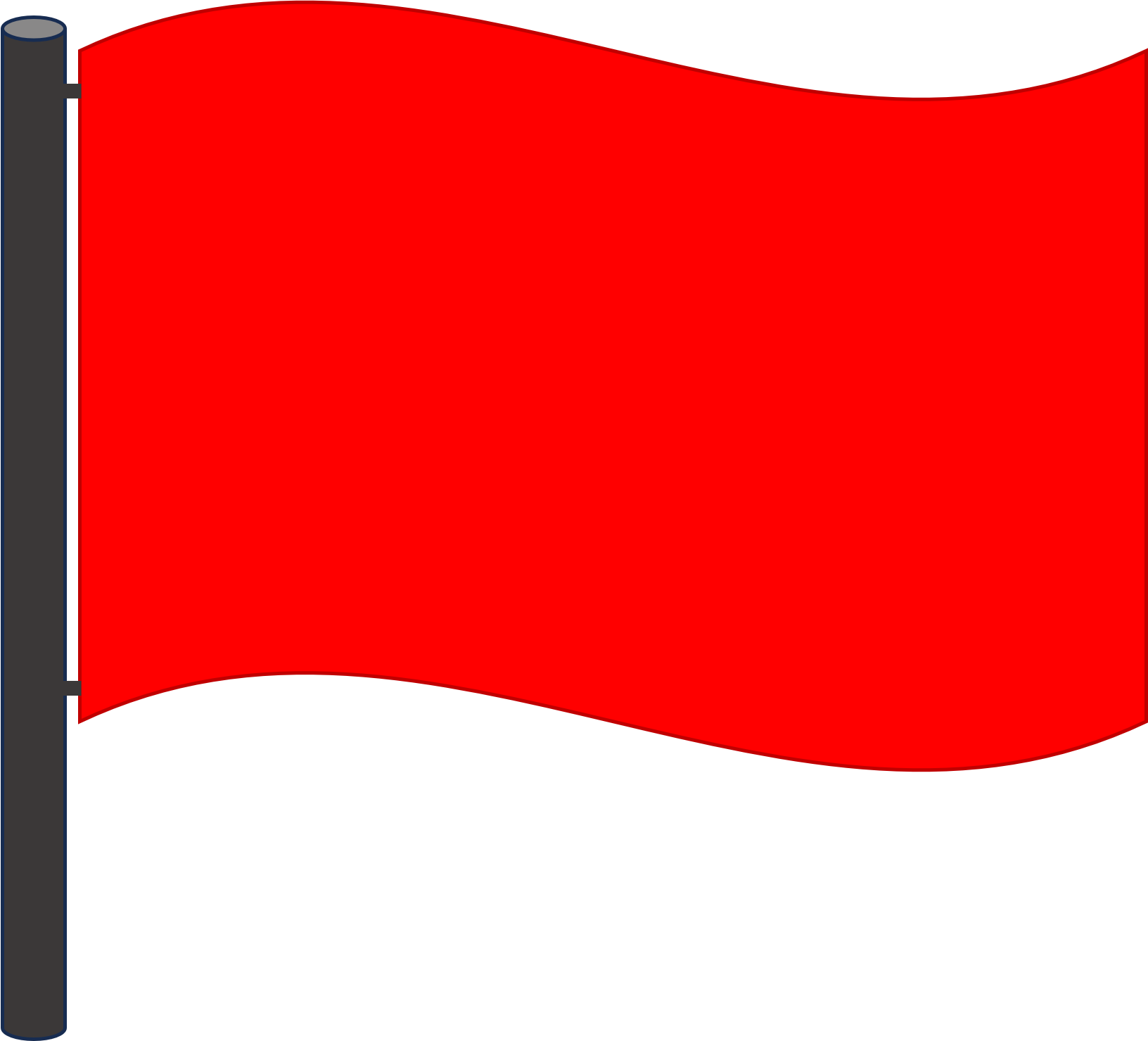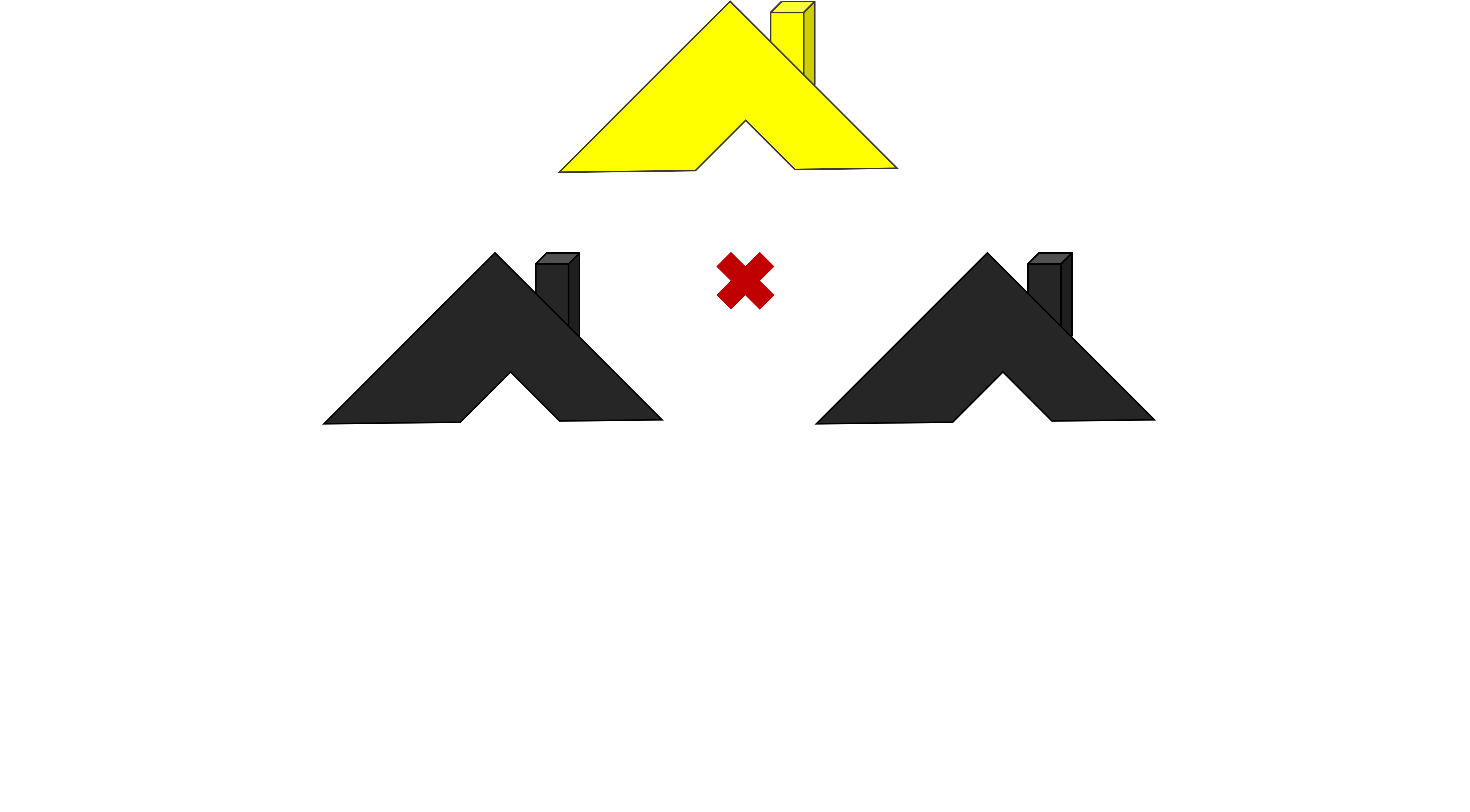Charin Tribes
Despite warnings from scientists, Earthlings were unable to reverse their lifestyle trends that were driving their planet to extreme temperature fluctuations and natural disasters. As a result, the search for extragalactic alternatives was pursued in earnest, ultimately resulting in the identification of a suitable planet "Charin" in a nearby star system. Fortunately, advancements in spacecraft technology meant that Charin could be reached in just over ten years. Humanity was in a race against time, to build enough spacecraft able to transport the remaining humans to Charin, before Earth's transition to complete inhospitability was complete.As you await your turn to evacuate, information about Charin starts to trickle in from the earliest human pilgrims to the planet. You learn that Charin is already home to an advanced lifeform, which has peculiar tendancies. Namely, the lifeform appears to have several distinct "races", with each race having its own unique tendancies. The two tendancies most relevant to the human immigrants are each races' tendancies regarding Honesty and Hostility towards humans:
Honesty: Each race can be classified into one of the following categories:
- Honest: Respond to all questions honestly
- Dishonest: Respond to all questions dishonestly
- Random: Respond to all questions randomly (the precise distribution of how their random answers are chosen remains a mystery, so that the truthfulness of their responses are completely unpredictable).
- YES: Respond "Yes" to all questions.
- NO: Respond "No" to all questions.
Hostility: Each race is known to have animosity (and appetite) towards certain classes of humans:
- None: Race is friendly to all humans.
- All: Race is hostile to all humans.
- Men: Race is hostile towards all male humans.
- Women: Race is hostile towards all female humans.
- Non-Men: Race is hostile towards all children and adult females.
- Adults: Race is hostile towards all adults (children however are safe).
- Children: Race is hostile towards all children.
- Orhpans: Race is hostile towards all unaccompanied children (i.e. the presence of an adult male or female will protect children from these races).
Based on the above tendancies (Honesty, Hostility, Colors), the original human pilgrims have classified the Charin tribes as per the following Tribal Chart:
| Primary | Secondary | Tribe Name | Honesty | Hostility | Exceptions |
 |
 |
Tuatha'an | Honest | None | None |
 |
 |
Aes Sedai | Honest | Men | Fearful only of the Aelfinn, when two Aes Sedai tribes are near an Aelfinn tribe, they adopt the tendencies of the Aelfinn. |
 |
 |
Foresaken | Dishonest | Adults | While the Foresaken are inherently evil, they prefer to blend in with their neighbors when possible. As the Eelfinn are the only other tribe that is suitably evil, when two Foresaken tribes are near an Eelfinn tribe, they adopt the tendencies of the Eelfinn. |
 |
 |
Myrddraal | Random | Non-Men | None |
 |
 |
Aelfinn | YES | Non-Men* (* Only hostile to Women and/or Children if Men are not present) |
Encouraged by the deviousness of the Foresaken, when an Aelfinn tribe is surrounded by two Foresaken tribes, they adopt the tendencies of the Foresaken. |
 |
 |
Eelfinn | NO | Non-Men* (*=Only hostile to Women and/or Children if Men are not present) |
Fearful only of the Aes Sedai, when an Eelfinn tribe is surrounded by two nearby Aes Sedai tribes, they adopt the tendencies of the Aes Sedai. |
In addition to the above, there exists a final tribe referred to as "Trollocs" that do not congregate into villages, but rather rome the planet in search of any creature that has strayed away from their tribal village. Similar to the trollocs of science fiction lore, these creatures fear sunlight, and perform their hunting at night; as such it is perilous to find yourself outside a tribal village after sundown. Concretely:
- Adults (men and women) have a better chance of surviving the Trollocs than they do of surviving in a village with a tribe that is hostile towards them (Foresaken or Aes Sedai for Men; Foresaken or Myrddraal for Women).
- Children are equally unlikely to survive -- that is to say, will certainly perish -- against Trollocs or in a village with a tribe that is hostile towards them (Myrddraal, or unaccompanied by an adult in Aelfinn or Eelfinn tribes).
...
After years spent waiting your turn in the deteriorating conditions of Earth, you board the last spacecraft for Charin. As the eldest amongst the remaining Earthlings and a former pilot, you are named Captain. As you leave Earth, as if in a final gesture of "good riddance", your spacecraft's flight controls are damaged by a direct hit from a lightning bolt from the tempest of the perpetual storm that now engulfs Earth's lower atmosphere. You breath a sigh of relief as the long-range navigation, and all other systems, appear unaffected by the energy surge.
However, ten years later, your discover in horror that your earlier sigh of relief was premature, as the damaged flight controls render you unable to perform short-range navigatation. Even worse, your current trajectory and the timing of Charin's rotation have your ship headed straight for a location on Charin known as the Aiel Waste, which has been avoided by all your human immigrant predecessors due to the lack of any Tuatha'an tribes!!!
|
Choose difficulty level: |
Easier Version | Medium Version | Harder Version |
TL;DR Same as "Medium Version", except no requirement that Children take longer to reach the villages than adults.
As your ship hurtles down to the Aiel Waste continent of Charin, you helplessly look out the cockpit window of the fast approaching ground. You see three villages below you, with your spaceship on a trajectory to land directly in the center. Two of the villages have buildings with Black-colored roofs, while the third has Yellow-colored roofs.
As your spaceship continues to lose altitude, it begins an uncontrolled spin, leaving you completely disoriented as to which direction is which.
You deploy your ship's emergency parachutes in the hopes of softening the impact of your impending crash landing.

As the dust cloud settles from the impact of your crash landing, you look again out of your cockpit window, which allows you a complete 360-degree view of your surroundings. You spot the same three villages that you had seen during your descent, but from this angle you cannot see the roof colors; and due to your disorientation as a result of the uncontrolled spin as you crash landed, you are unsure which of the three villages had the Yellow-colored roof. Additionally, as a result of the distance to the villages and the fading sunlight, you can't make out the wall colors of any of the buildings.
The crash landing has rendered your spacecraft almost completely useless. Only the broadcast PA communication works, which can broadcast a single message to each of the three villages simultaneously. Based on the primitive communication of the alien lifeform, which is akin to Morse code, it will take about 5 minutes to broadcast any communication to the 3 surrounding villages, and another 5 minutes for the response from each village to reach your spaceship.
Based on the angle of the Charin's sun, you estimate that there is about 30 minutes until sundown, at which point the Trollocs will start hunting any human that is not already in a village. Based on the distance to each village, you estimate it will take 10 minutes for your passengers to travel from your crash landing site to any of the three nearby villages.
Thus, you have time to broadcast one (YES/NO) question to the villages (5min), await the response (5min), and then broadcast a second question (5min) and await the result (5min). At that point, you'll have to choose villages for each passenger, so that they have the requisite 10min to reach that village before the Trollocs come out to hunt.
What first question do you ask, and based on the possible responses, what second question do you ask; and then based on the answers, where do you send each (adult male, adult female, child) passenger?
- Your spaceship lands in the middle of three villages, and you must decide which village to head to (not all passengers on you spaceship need go to the same village).
- Each village is home to a tribe, with each tribe having different tendancies (in terms of Honesty and Hostility; see chart at the top).
- Tribes are identified by their (primary, secondary) colors (as per chart at the top).
- As you flew in, your spotted the roof (secondary) colors of the three villages: Yellow, Black, and Black. However, as your spaceship spun out of control for a crash landing, when you actually land and look out your window, you don't know which village corresponded to which roof color.
- The villages are now so far from your landed spacecraft that you are unable to identify their primary (or secondary) colors.
- The crash landing rendered your spacecraft almost completely useless. Only the broadcast PA communication works, which can broadcast a single message to each of the three villages simultaneously. Based on the primitive communication of the alien lifeform, which is akin to Morse code, it will take about 5 minutes to broadcast any communication to the 3 surrounding villages.
- Similarly, it will take about 5 minutes for the response from each village to reach your spaceship (you will be able to distinguish which response is coming from which village).
- You estimate it is about 30 minutes until sundown, at which point the Trollocs will start hunting any human that is not already in a village.
- You estimate it will take 10 minutes for your passengers to travel from your landing site to any village.
- Thus, you have time to broadcast one (YES/NO) question to the villages (5min), await the response (5min), and then broadcast a second question (5min) and await the result (5min).
At that point, you'll have to choose villages for each passenger, so that they have the requisite 10min to reach that village before the Trollocs come out to hunt.
What first question do you ask, and based on the possible responses, what second question do you ask; and then based on the answers, where do you send each (adult male, adult female, child) passenger?
Observations:
- In order to know where to send each passenger (man, woman, child), you need to consider the Hostilities of each Charin tribe type. In particular, solving the riddle requires you to exactly identify the tribe type of each of the three surrounding villages.
- You saw two Black-roofed villages. These are either Aes Sedai or Foresaken (or one of each).
- You saw one Yellow-roofed village, which is either Myrddraal, Aelfinn, or Eelfinn.
- As a result, the following 12 scenarios enumerates all possible scenarios, where 'H' denotes Honest (Aes Sedai), 'D' denotes Dishonest (Foresaken), 'R' denotes Random (Myrddraal), 'Y' denotes YES (Aelfinn), 'N' denotes NO (Eelfinn), and τ denotes an arbitrary translation (rotational shift) of the three villages:
- τ(RHH)
- τ(RHD)
- τ(RDH)
- τ(RDD)
- τ(HHH) ← (from τ(NHH), since (per the "Exceptions" of the Tribal Chart) Eelfinn ('N') act like Aes Sedai ('H') when surrounded by two Aes Sedai villages.)
- τ(DDD) ← (from τ(YDD), since (per the "Exceptions" of the Tribal Chart) Aelfinn ('Y') act like Foresaken ('D') when surrounded by two Foresaken villages.)
- τ(YYY) ← (from τ(YHH), since (per the "Exceptions" of the Tribal Chart) two adjacent Aes Sedai ('H') villages will each act like Aelfinn ('Y') when there is a nearby Aelfinn village.)
- τ(NNN) ← (from τ(NDD), since (per the "Exceptions" of the Tribal Chart) two adjacent Foresaken ('D') villages will each act like Eelfinn ('N') when there is a nearby Eelfinn village.)
- τ(YHD)
- τ(YDH)
- τ(NHD)
- τ(NDH)
- Before attempting to identify specific questions, it may be useful to think about the universe of possible Responses, independent of what the actual question(s) are. Namely, regardless of the first question, there are just 8 possible universes of responses (based on receiving a "Yes" vs. "No" response from each of the 3 villages).
- Namely, for each possible "configuration" (assignment of the 3 villages to a Charin tribe type), one (or more) of the 8 possible Responses to your first question must include that configuration as a possibility. In particular, we can construct an "Assignment Table", that distributes/assigns all possible configurations to one of the 8 possible Responses:
Q1 Response Configurations YYY ??? YYN ??? YNY ??? NYY ??? YNN ??? NYN ??? NNY ??? NNN ??? - Before thinking about the actual concrete questions you will ask, it may be useful to think about how the Responses may (in an ideal world) partition the possible configurations amongst them, in such a way that the configurations are balanced (in terms of how many configurations are assigned to each of the eight possible Responses), logically sound (see next bullet), and suitably diverse (i.e. the set of configurations that correspond to any single Response type -- e.g. YNY ("Yes", "No", "Yes") -- are suitably distinct from one another so that they can be easily separated/distinguished by the second question).
- In terms of the "logically sound" criteria: Consider any single possible configuration in which the Yellow roof building you saw is a Myrddraal ('R') village; for example one such possibile configuration is: (R, H, H), in which the Northern village is Myrddraal ('R'), and the Southwestern and Southeastern villages are both Aes Sedai ('H'). Suppose, as per the previous hint, you assign row 'YNY' for this Configuration in the Assignment Table. Then, regardless of what your first question actually is, notice that 'NNY' is necessarily also a possible response for this (R, H, H) Configuration. This is because Myrddraal respond to questions Randomly, which means (regardless of the question) they can respond with either 'Yes' or 'No'.
- In particular, this means that as you fill in the Assignment Table, any Configuration that has an 'R' in it must actually appear in (at least) two rows of the table: once for whichever row you choose to put it in, and a second time in the row that has the same response pattern but has flip-flopped the Myrddraal response in terms of 'Y' vs. 'N'.
Succinct Answer:
Q1: Is 1+1 = 2?
Q2a (If the Q1 response contains an ODD number of Y's (Yes) responses): Is the following sum odd?:
- Add 1 if your village is Aes Sedai ('H'), the village clockwise from you is Foresaken ('D'), and the village counter-clockwise from you is Myrddraal ('R')
- Add 1 if the village clockwise from you is Aelfinn ('Y') and the village counter-clockwise from you is Aes Sedai ('H').
- Add 1 if none of the three villages is Foresaken ('D')
Q2b (If the Q1 response contains an EVEN number of Y's (Yes) responses): Is the following sum odd?:
- Add 1 if your village is Foresaken ('D'), the village clockwise from you is Aes Sedai ('H'), and the village counter-clockwise from you is Myrddraal ('R')
- Add 1 if the village clockwise from you is Eelfinn ('N') and the village counter-clockwise from you is Foresaken ('D').
- Add 1 if none of the three villages is Aes Sedai ('H')
Explanation: There are many possible solutions, the above simply highlights one possible solution. Before explaining why the above works, we first explain the reasoning behind the riddle.
As per the Hint, the first thing to deterimine is all possible associations of village to tribal type. For the remainder of the exposition below, we use the terminology Configuration to refer to any specific association of village to tribe type. Furthermore, we express any possible Configuration as simply three concatenated letters, with the first letter specifying the tribal type of the Northern village, the second letter specifying the tribal type of the Southeastern village, and the third letter specifying the tribal type of the Southwestern village.
From the information that there was exactly one Yellow roof and exactly two Black roofs, but you don't know which is which due to the uncontrolled spin of your crash landing, the list of all possible Configurations is:
- RHH, HRH, HHR
- RHD, DRH, HDR
- RDH, HRD, DHR
- RDD, DRD, DDR
- YHD, DYH, HDY
- YDH, HYD, DHY
- YYY ← (from τ(YHH), since (per the "Exceptions" of the Tribal Chart) two adjacent Aes Sedai ('H') villages will each act like Aelfinn ('Y') when there is a nearby Aelfinn village.)
- DDD ← (from τ(YDD), since (per the "Exceptions" of the Tribal Chart) Aelfinn ('Y') act like Foresaken ('D') when surrounded by two Foresaken villages.)
- HHH ← (from τ(NHH), since (per the "Exceptions" of the Tribal Chart) Eelfinn ('N') act like Aes Sedai ('H') when surrounded by two Aes Sedai villages.)
- NNN ← (from τ(NDD), since (per the "Exceptions" of the Tribal Chart) two adjacent Foresaken ('D') villages will each act like Eelfinn ('N') when there is a nearby Eelfinn village.)
- NHD, DNH, HDN
- NDH, HND, DHN
| A solution to the riddle requires exactly identifying which of these 28 Configurations you are in. |
Namely, you will assign passengers to go to villages as follows:
| Configuration Category | Actual Configurations | Destination Villages
|
|||||
| σ(YYY) | YYY | Y (Aelfinn) | Y (Aelfinn) | Y (Aelfinn) | |||
| σ(NNN) | NNN | N (Eelfinn) | N (Eelfinn) | N (Eelfinn) | |||
| σ(HHH) | HHH | - (Trollocs) | H (Aes Sedai) | H (Aes Sedai) | |||
| σ(DDD) | DDD | - (Trollocs) | - (Trollocs) | D (Foresaken) | |||
| σ(RHH) | RHH, HRH, HHR | R (Myrddraal) | H (Aes Sedai) | H (Aes Sedai) | |||
| σ(RDD) | RDD,DRD,DDR | R (Myrddraal) | - (Trollocs) | D (Foresaken) | |||
| σ(YHD) | YHD,DYH,HDY,YDH,HYD,DHY | Y (Aelfinn) | Y or H (Aelfinn or Aes Sedai) | Y, H, or D (Aelfinn, Aes Sedai, or Foresaken) | |||
| σ(NHD) | NHD,DNH,HDN, NDH,HND,DHN | N (Eelfinn) | N or H (Eelfinn or Aes Sedai) | N, H, or D (Eelfinn, Aes Sedai, or Foresaken) | |||
| σ(RHD) | RHD,DRH,HDR,RDH,HRD,DHR | R (Myrddraal) | H (Aes Sedai) | H or D (Aes Sedai, or Foresaken) | |||
The next step is to observe that, regardless of the first question that you broadcast to the three villages, and regardless of the association of each village to tribal type, there are only 8 possible responses (arbitrarilly order the responses as the first response is from the village to the North, the second is from the village to the Southeast, and the third is from the village to the Southwest):
- YYY
- YYN
- YNY
- NYY
- YNN
- NYN
- NNY
- NNN
Notice that Myrddraal ('R') are more difficult to handle than both Aelfinn ('Y') and Eelfinn ('N'); and indeed more difficult also than Foresaken ('D'). This is because their response is completely unpredictable, and essentially meaningless. For example, suppose you want the Configuration 'RHH' to correspond to response (4): 'NYY'. Since 'R' answers questions randomly, this means that -- no matter what your first question is -- if 'NYY' is a possible response for Configuration 'RHH', then 'YYY' must also be a possible response for 'RHH'. Namely, if one of the villages is Myrddraal ('R'), then regardless of your question, both a 'Y' and a 'N' response is possible from this village.
In the context of viewing your first task as partitioning the 28 possible Configurations amongst the 8 possible responses, what this means is that, for the 12 Configurations that involve 'R' (Myrddraal), you must actually assign this Configuration to two responses. Effectively, this means that instead of needing to partition 28 things into 8 buckets, you essentially need to partition 40 (= 28 + 12) things into 8 buckets; which means (on average) 5 Configurations per bucket. We formalize this task in the following:
Observation 1: Regardless of your first question, you must partition the 40 possible Configurations (28 distinct Configurations, with 12 of these (the ones with 'R' present) appearing twice) into the 8 possible responses. Namely, you must distribute/assign the 40 Configurations to one of the 8 possible rows of the following "Assignment Table:"
| Q1 Response | Configurations |
| YYY | ??? |
| YYN | ??? |
| YNY | ??? |
| NYY | ??? |
| YNN | ??? |
| NYN | ??? |
| NNY | ??? |
| NNN | ??? |
Before attempting to assign the 40 Configurations into the 8 response rows of the above table, it will be useful to make an additional observation on a required property that any 'valid' assignment must satisfy. This requirement comes from considering the necessary outcome of your second question: namely, that you can necessarily associate each village to precisely one tribe after your second question. In particular, suppose that after your first question (and based on the assignment of each of the 40 Configurations to the 8 possible response rows), that it remains a possibility that Myrddraal ('R') is one of the three villages. This means that when you direct your second question to this village, the response you get from them could be 'Yes' or 'No'. We can now think about partitioning the remaining possible Configurations (after your first question rules out some of them) into the 8 possible responses of your second question. For example, if RHH is one of the possible Configurations after your first question, and you want to (say) assign the response 'NYY' to your second question to this Configuration, then you must also assign 'YYY' to it. Essentially what this means is that each Configuration that has an 'R' in it must be assigned to two different response rows for the Assignment Table of the second question. Since the second question must uniquely identify each village with the Charin tribe living there, this means that the Assignment Table based on your first question must satisfy:
Observation 2: For any possible Response to your first question (e.g. 'YYY' is one of the 8 possible responses), you must assign some subset of the (28 possible) Configurations to this Response (on average, 5 Configurations must be assigned to each of the 8 possible responses).
If 'r' counts the number of Configurations assigned to this Response that include 'R' (Myrddraal) and 's' counts the number of Configurations assigned to this Response that do not include 'R', then:
2r + s ≤ 8
Actually, Observation 2 can be made stronger by applying a counting argument. Namely, across the 8 total Response rows, we must assign 24 Configurations that have an 'R' and another 16 that do not. Then applying the inequality of Observation 2 simultaneously to all 8 rows would imply: 2*R + S ≤ 64. Indeed, this shows that none of the rows can exhibit the inequality, and all must actually be equality:
Observation 2': If 'r' counts the number of Configurations assigned to any Response row in the Assignment Table that include 'R' (Myrddraal), and 's' counts the number of Configurations that do not include 'R', then:
2r + s = 8
For example, Observation 2' says that there can't be a row in your Assignment Table that has 5 (or more) Configurations with 'R'. Similarly, if a row has 4 Configurations with 'R' (so r = 4), then it must be s = 0 (so there are no other Configurations on this row). Similarly, if a row has 3 Configurations with 'R' (so r = 3), then it must be s = 2 (so there are exactly two other Configurations that don't include 'R' on this row). When combining these facts with the fact that 24 Configurations involving 'R' (12 distinct Configurations that have 'R' in them, with each one needing to appear twice in the Assignment Table) and 16 not involving 'R' must be assigned, this limits the number of ways the Assignment Table can be constructed (even disregarding for the moment an actual question that would generate such a table).
With these observations in hand, there are many possible ways to create a valid Assignment Table that partitions the 40 Configurations into the 8 responses (subject to the constraint that whenever/wherever a Configuration with 'R' appears in one of the rows, then this Configuration must also appear in the other row that has flip-flopped Y/N in the position that 'R' is in). Perhaps one of the most natural ways to do this is:
| Q1 Response | Configurations |
| YYY | YYY, HHH, RHH, HRH, HHR |
| YYN | YHD, HYD, RHD, HRD, HHR |
| YNY | YDH, HDY, RDH, HRH, HDR |
| NYY | DHY, DYH, RHH, DRH, DHR |
| YNN | HND, HDN, RDD, HRD, HDR |
| NYN | NHD, DHN, RHD, DRD, DHR |
| NNY | NDH, DNH, RDH, DRH, DDR |
| NNN | NNN, DDD, RDD, DRD, DDR |
Conceptually, the above table is created by associating a 'Y' in the response with one of: {Y, R, H}; and associating an 'N' in the response with one of: {N, R, D} (and then applying certain rules based on the riddle setup; namely that exactly one of {R, Y, N} must appear in each Configuration; and also the four Configurations that come from the "Exceptions" in the Charin Tribal Chart (at the top of the page): τ(YHH) → YYY; τ(YDD) → DDD; τ(NHH) → HHH; τ(NDD) → NNN).
With the above partitioning, it is easy to verify that the following question will indeed create the above Assignment Table:
Q1: "Is 1+1=2?"
Next, depending on which response (row) you receive from your first question, you must determine a second question that will allow you to narrow down the remaining possible Configurations down the unique (one) Configuration that you are in. Again, there are numerous possible solutions, and your second question can depend on which (of the 8 possible) Response you get to your first question.
The table below is one possible solution for what to ask for Q2 (based on the Response you got to your Q1):
| Q1 Response | Configurations | Q2 |
| YYY | YYY, HHH, RHH, HRH, HHR | Add 1 if 'H' is clockwise and 'R' is counter-clockwise Is sum odd? |
| YYN | YHD, HYD, RHD, HRD, HHR | Add 1 if you are 'D' and 'H' is clockwise and 'R' is counter-clockwise Add 1 if 'Y' is clockwise and 'H' is counter-clockwise Add 1 if 'D' is not present Is sum odd? |
| YNY | YDH, HDY, RDH, HRH, HDR | Same as 'YYN' (above) row |
| NYY | DHY, DYH, RHH, DRH, DHR | Same as 'YYN' (two above) row |
| YNN | HND, HDN, RDD, HRD, HDR | Add 1 if you are 'H' and 'D' is clockwise and 'R' is counter-clockwise Add 1 if 'N' is clockwise and 'D' is counter-clockwise Add 1 if 'H' is not present Is sum odd? |
| NYN | NHD, DHN, RHD, DRD, DHR | Same as 'YNN' (above) row |
| NNY | NDH, DNH, RDH, DRH, DDR | Same as 'YNN' (two above) row |
| NNN | NNN, DDD, RDD, DRD, DDR | Add 1 if 'D' is clockwise and 'R' is counter-clockwise Is sum odd? |
It is left to the reader to verify that the above Q2's for each Response row indeed partition each of the 5 possible Configurations into distinct Q2 response rows.
Note that the Q2a and Q2b at the top (in the "Succinct Answer") matches the Q2 column above.
Note that the separation of Q2 into Q2a and Q2b could be avoided so that there is a single Q2. While this is not strictly necessary to solve the riddle, it may be more satisfying to some readers (albeit less explicitly clear) to do so. Namely, notice Q2a and Q2b are exactly the same if you swap every occurrence of 'H' and 'D' and swap every occurrence of 'Y' with 'N'. Thus, you could use the parity of the number of "YES" responses to Q1 as an indicator function on whether or not to perform these swaps in each step of the computation of the sum.
